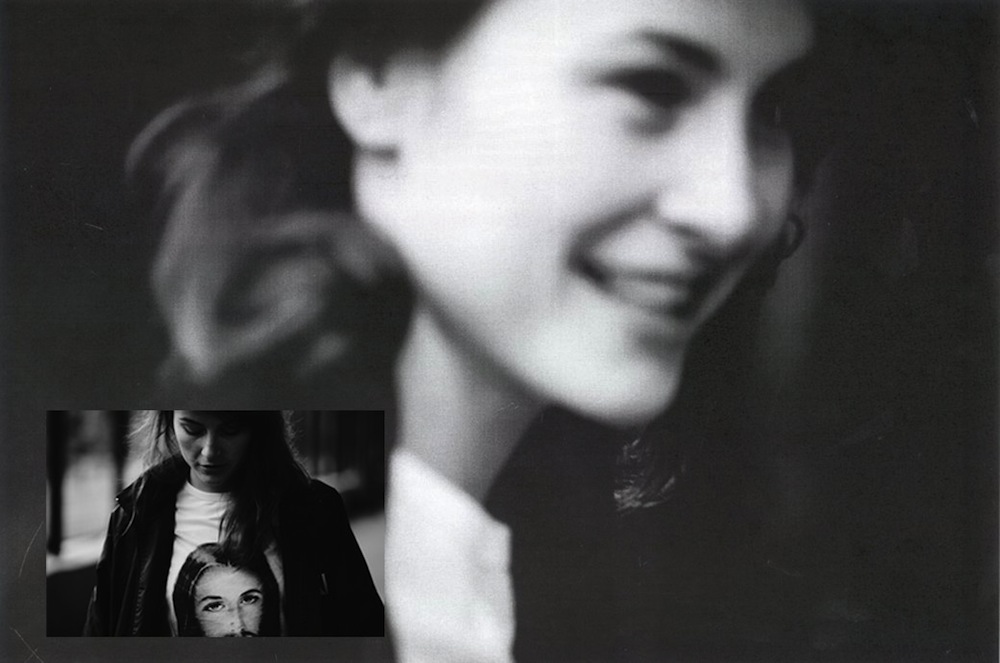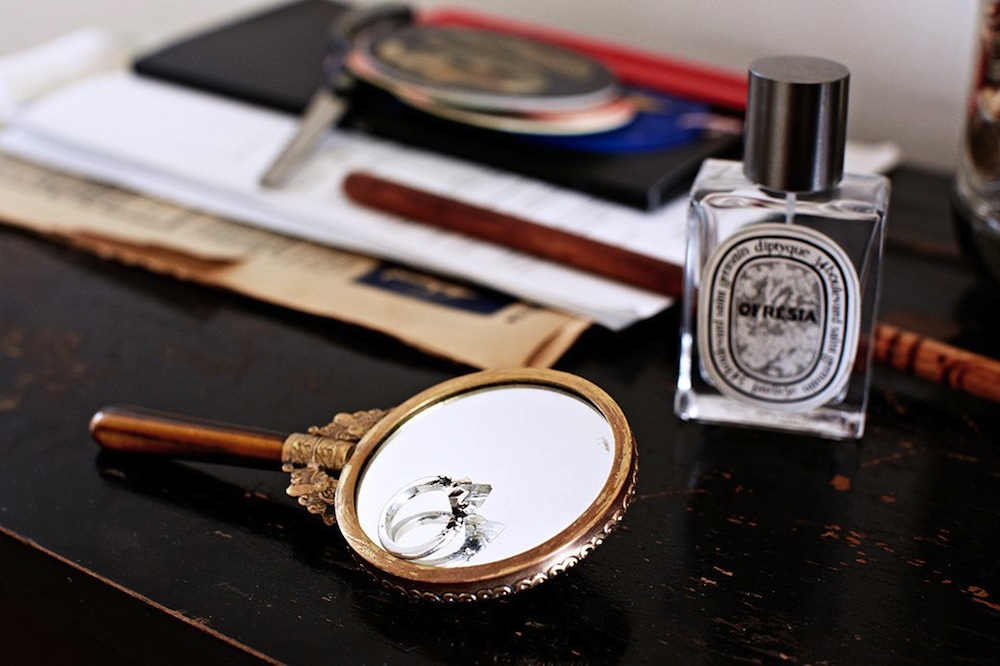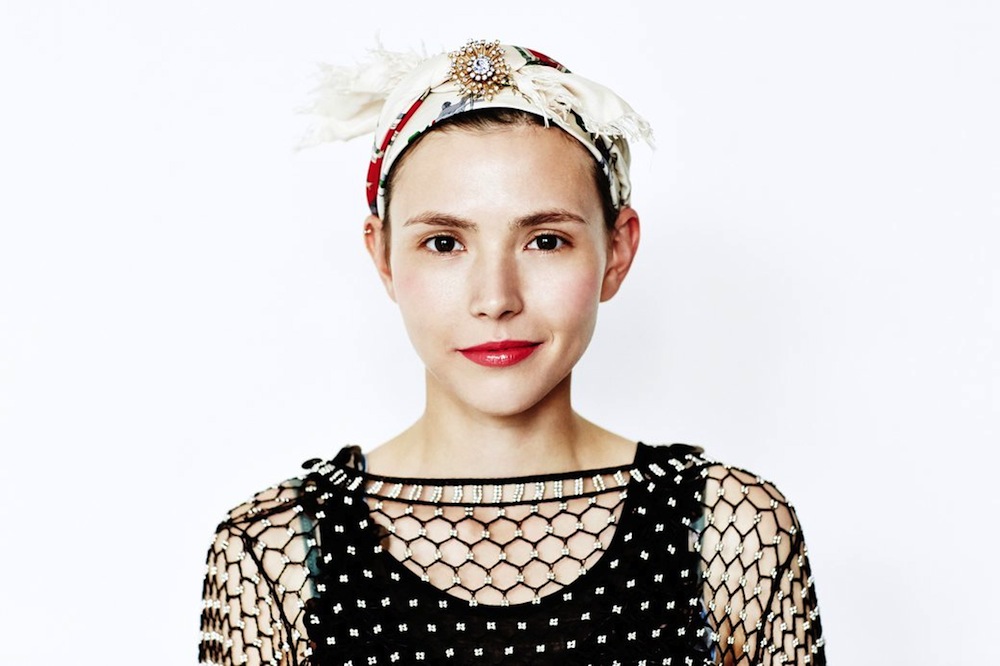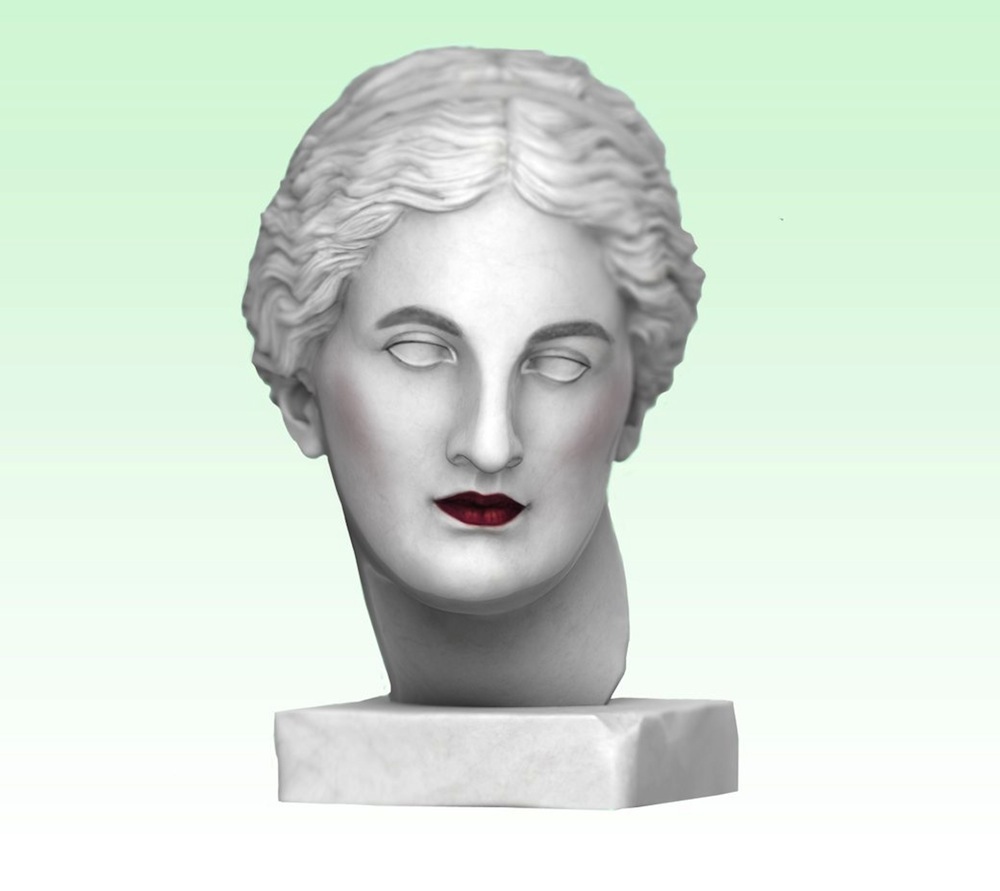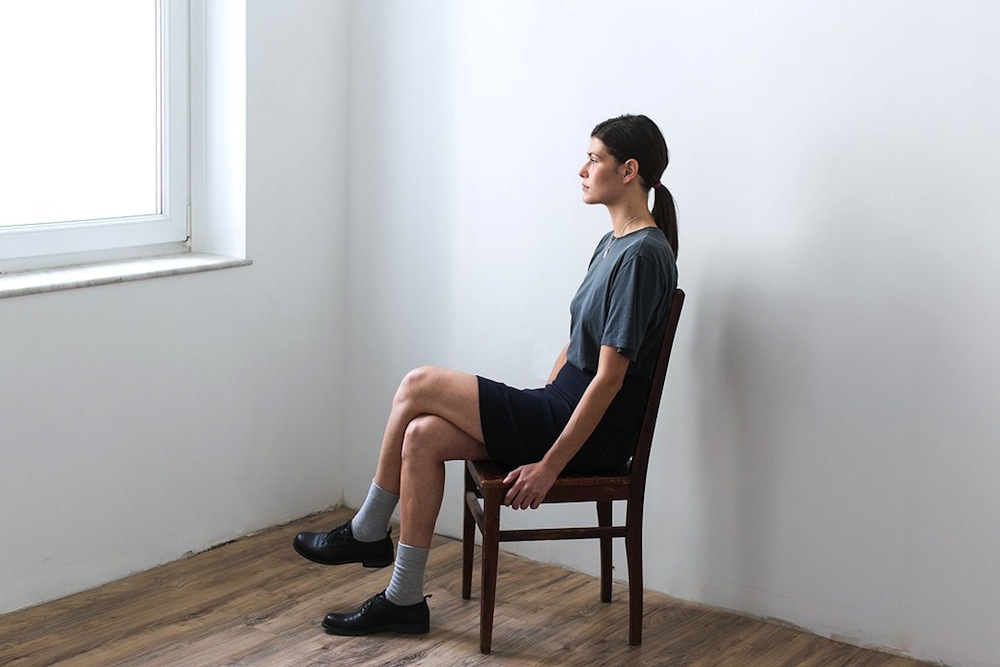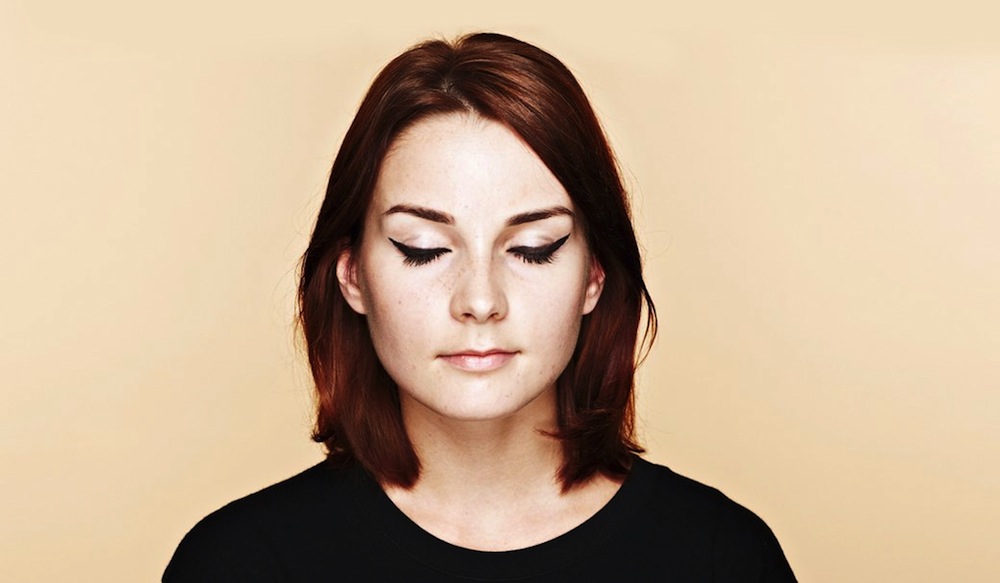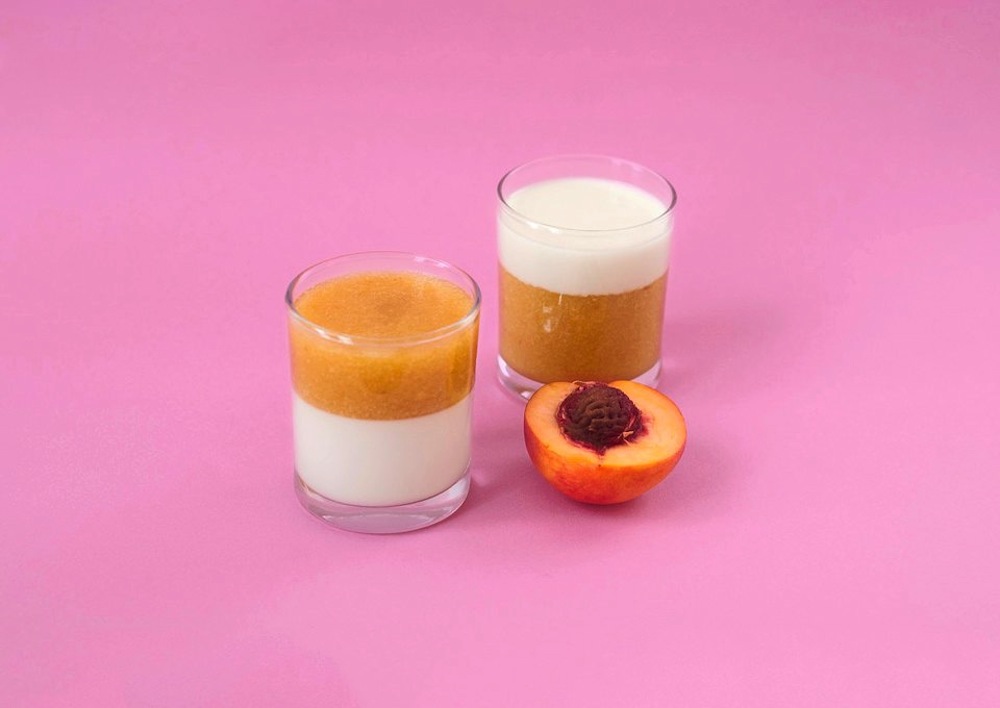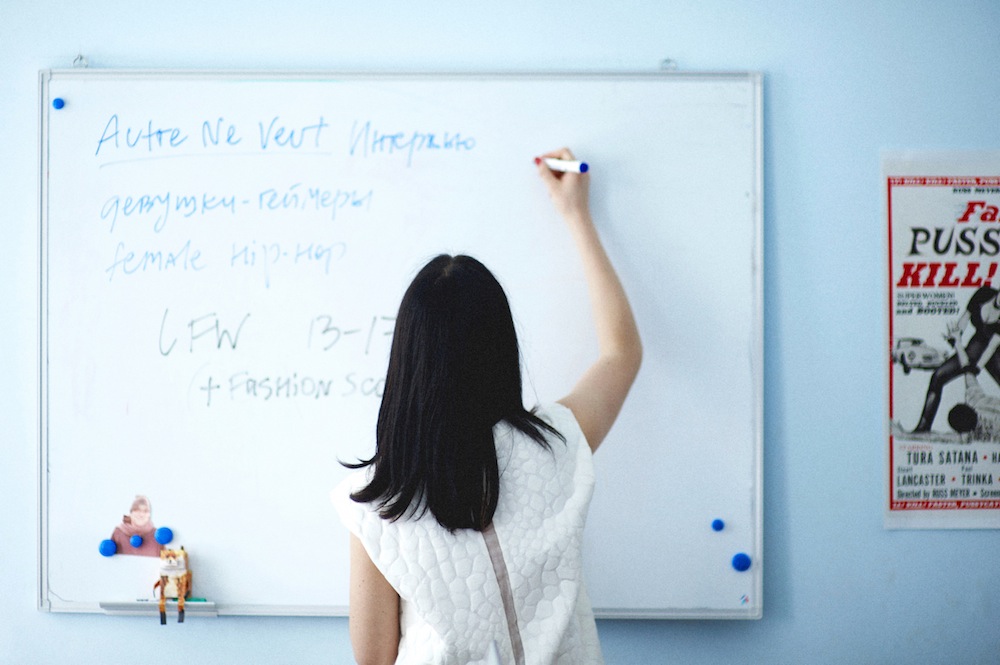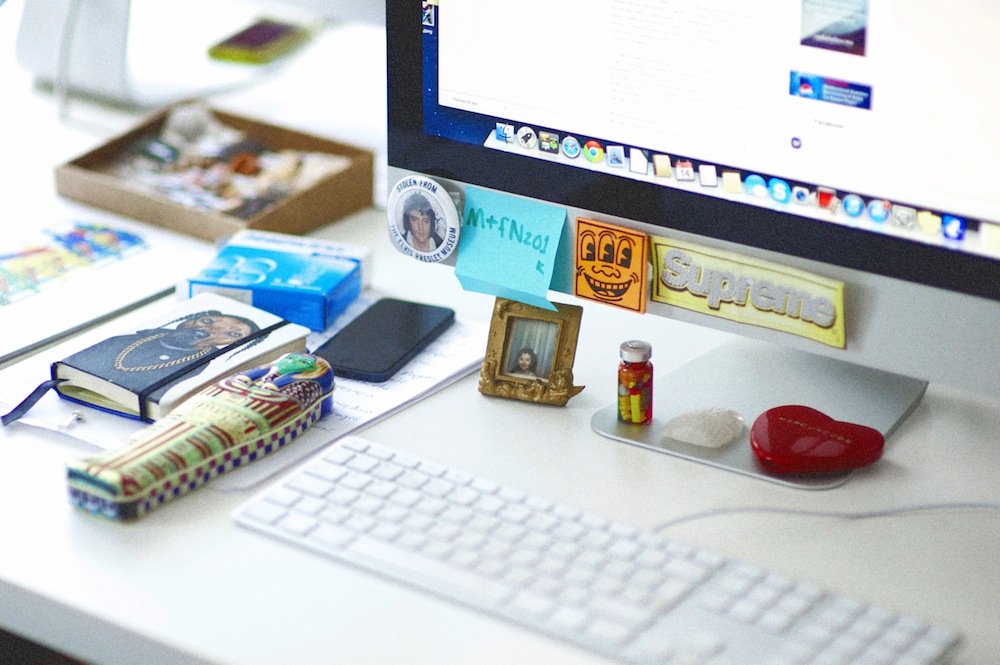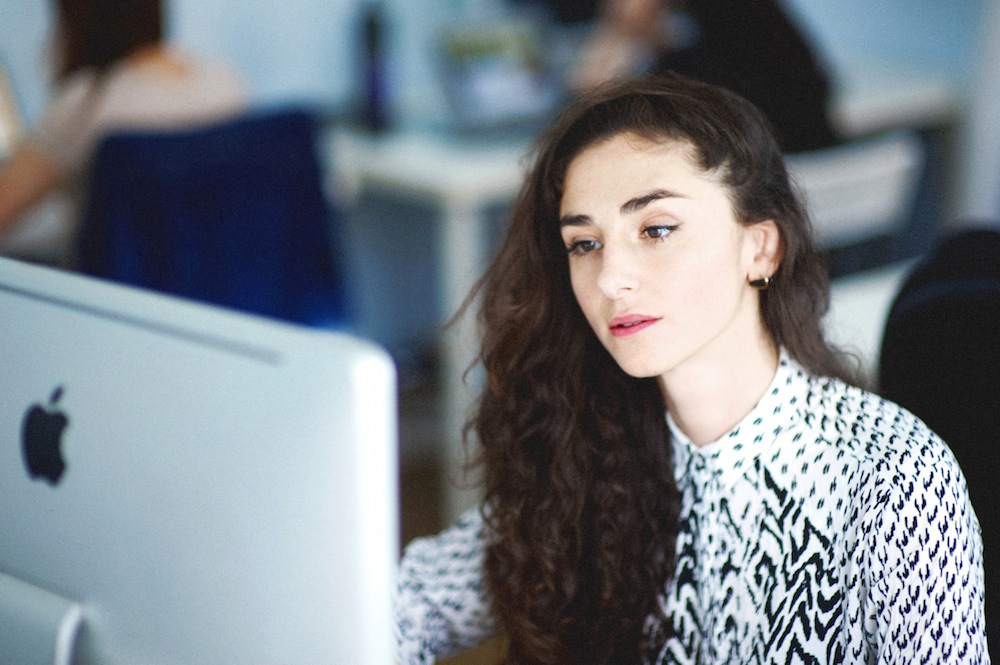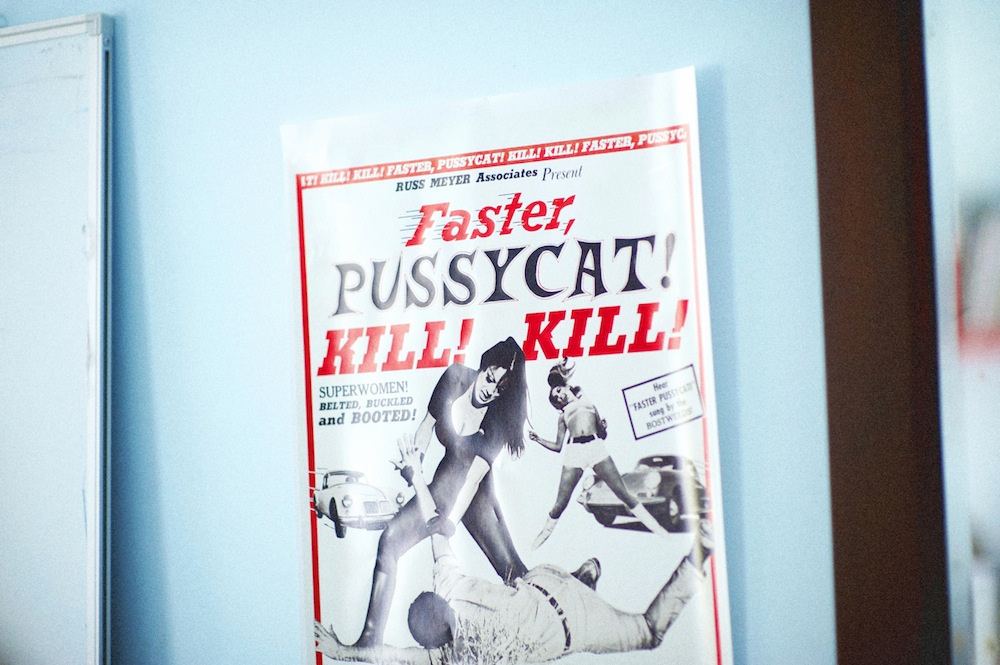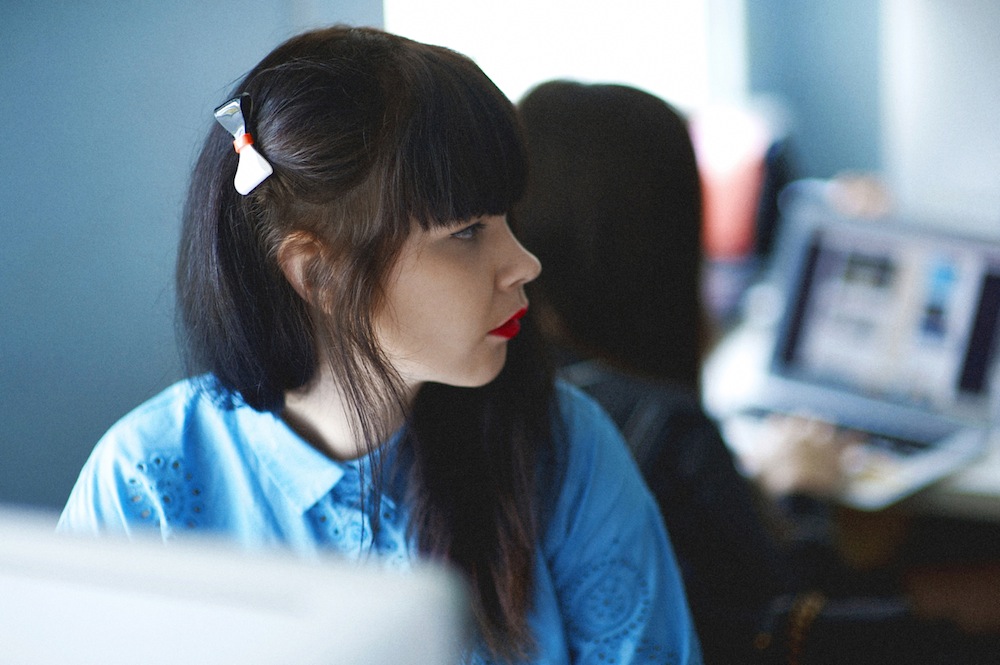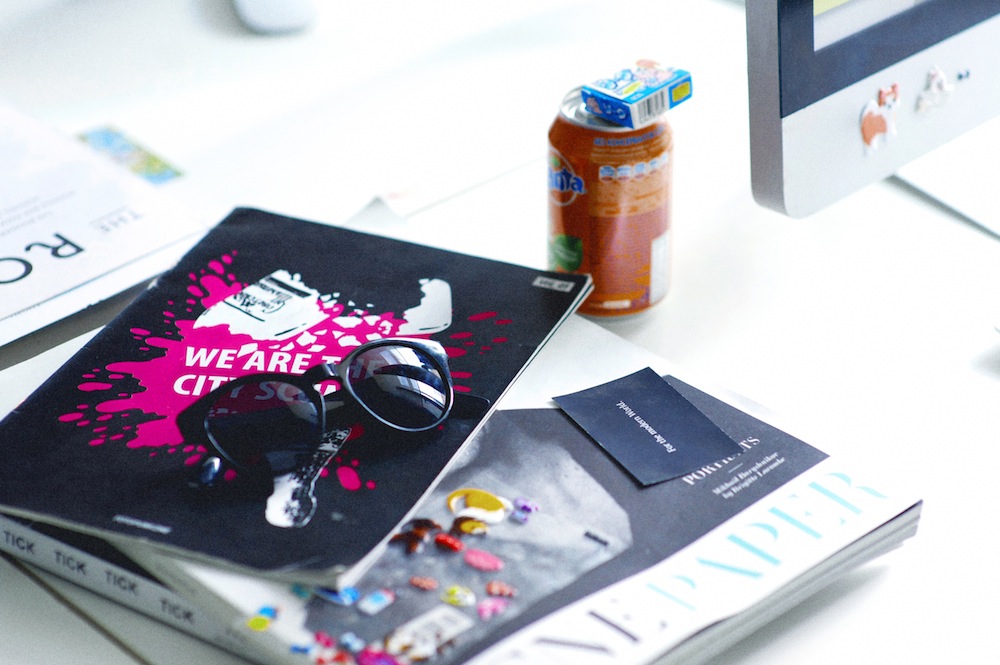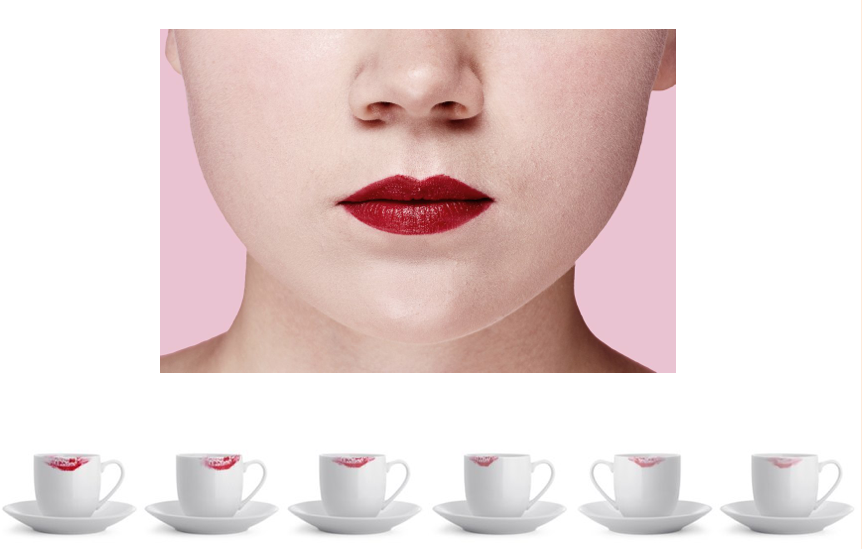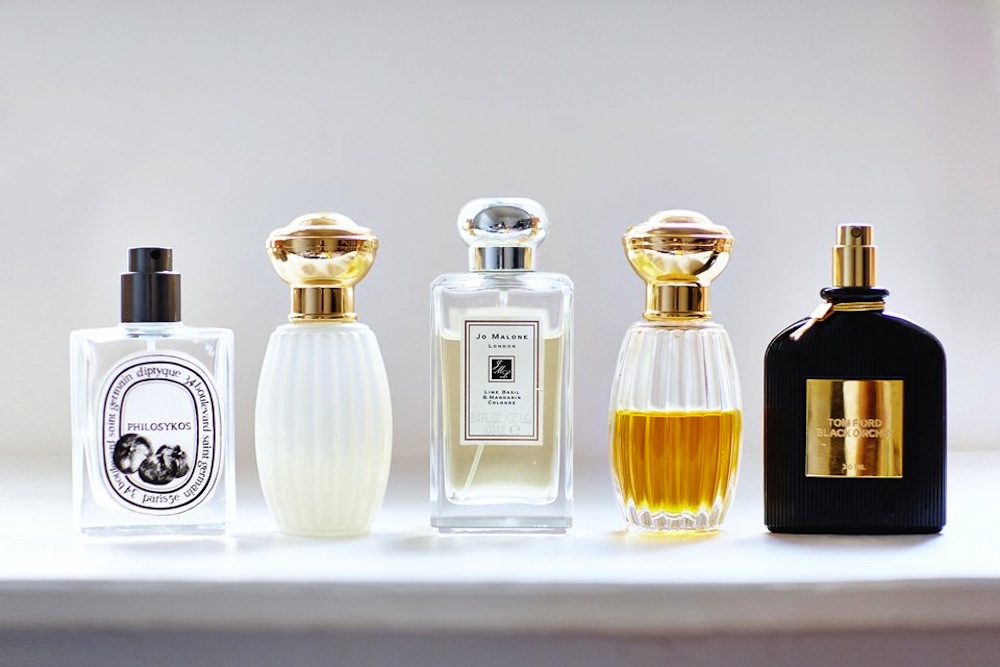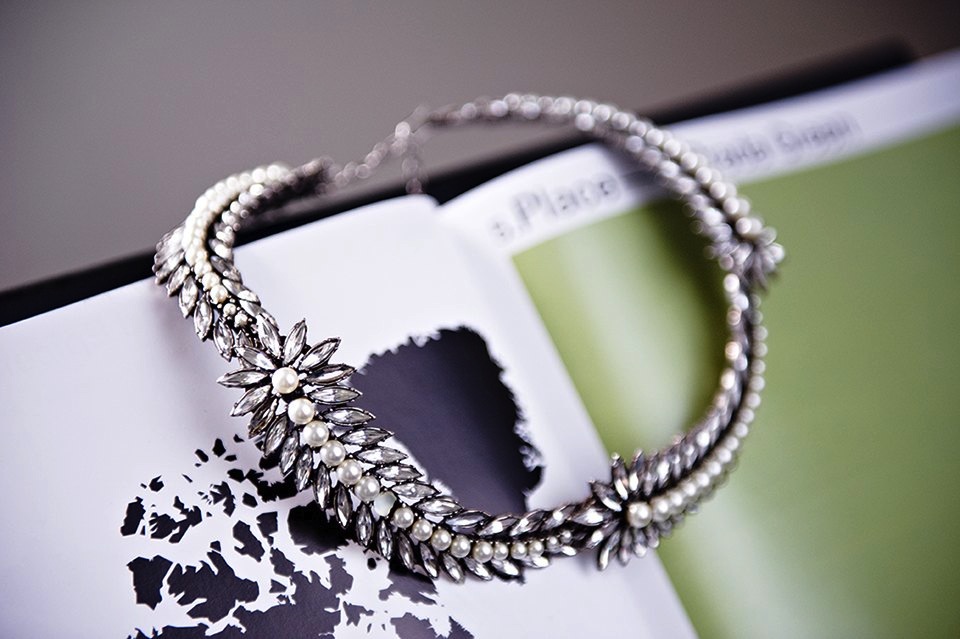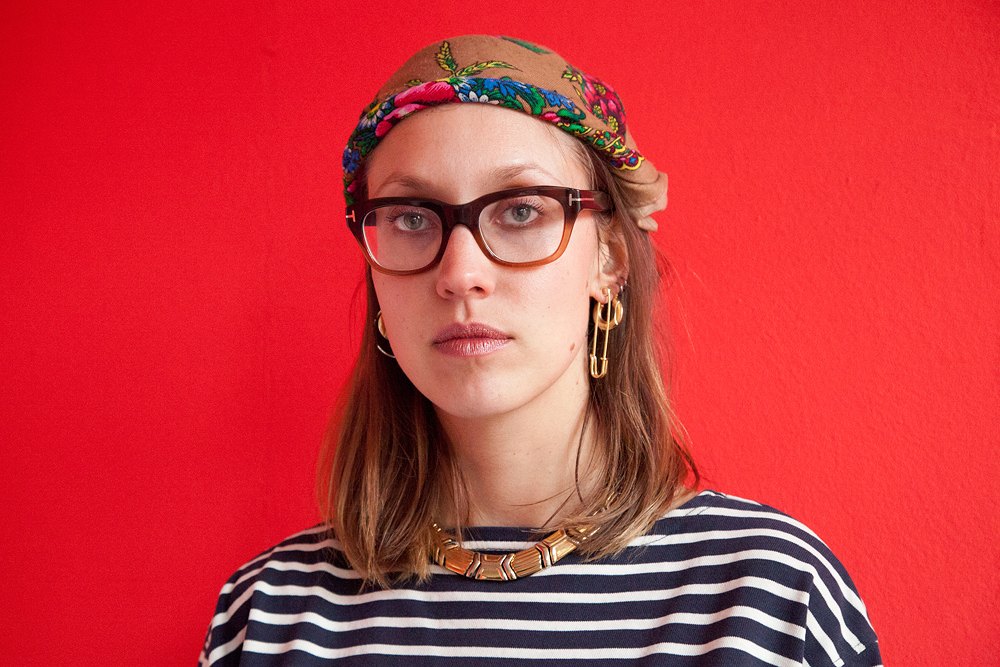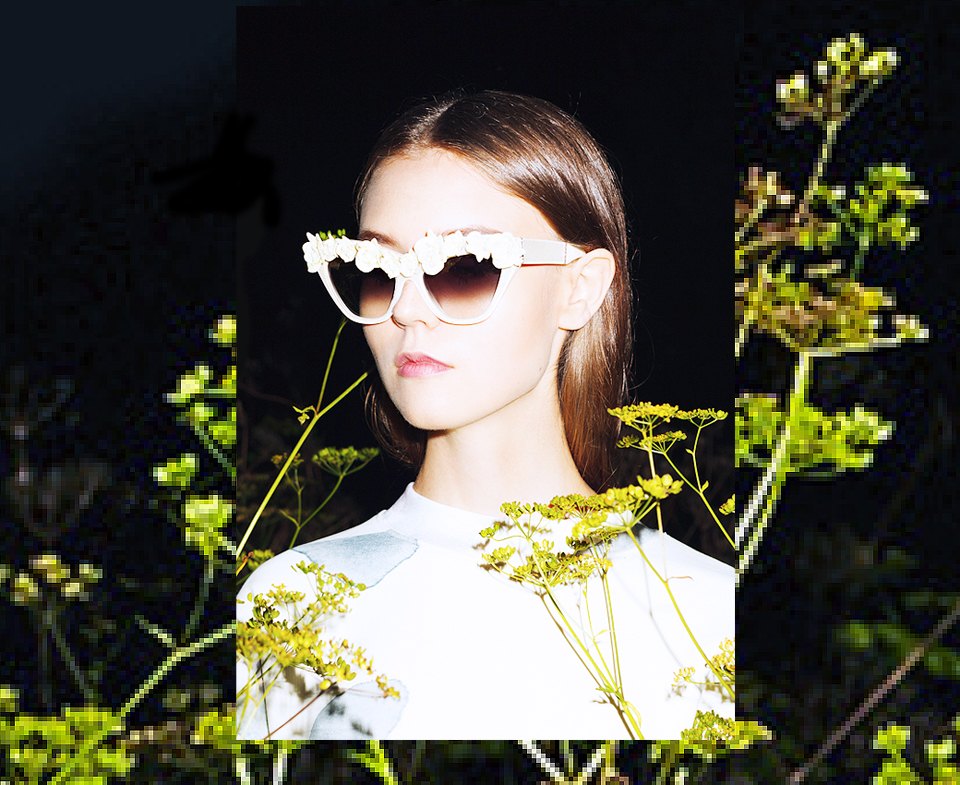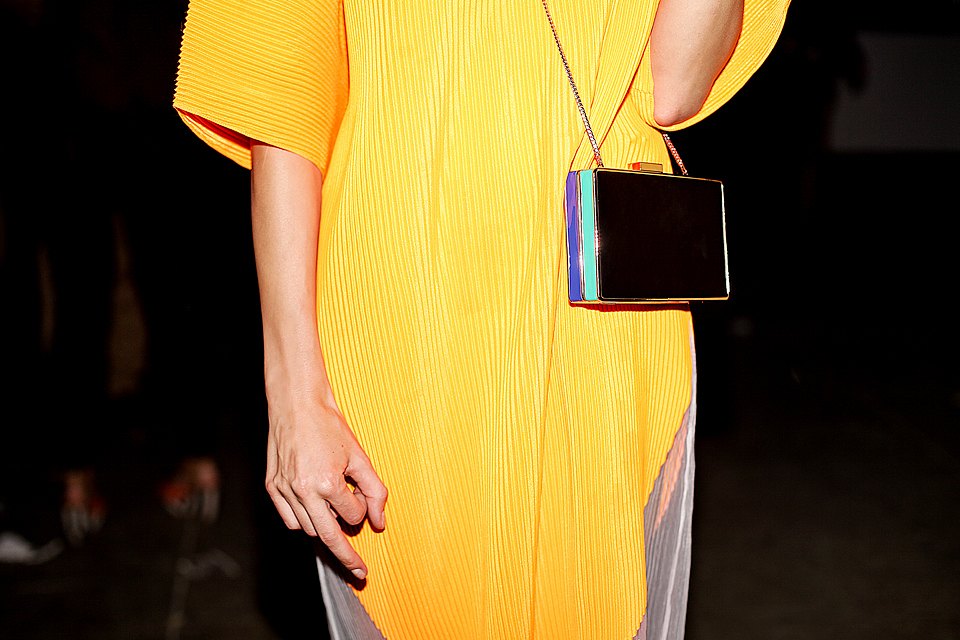World of Wonder: can a new online magazine really give women what they want?
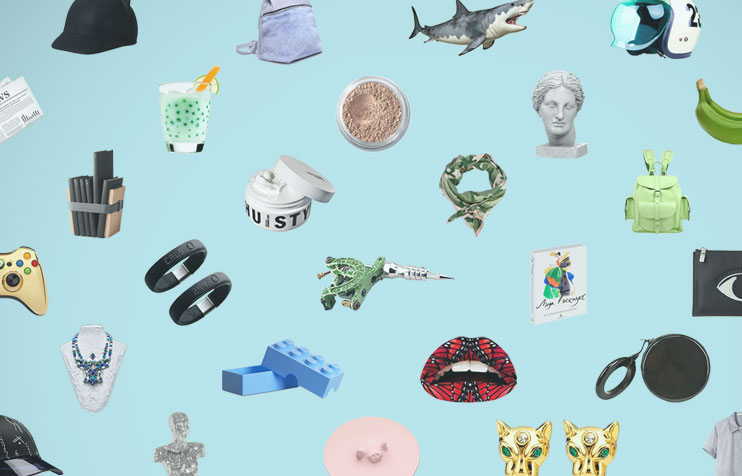
Smart, opinionated, in love with Lena Dunham's Girls. Can Russia's new online women's magazine Wonderzine really be as good as it promises?
What do women want? It’s an old question, and a stupid one, making the sexist implication that women are all the same and all irrational. But there is one thing that women definitely do want, just like everyone else sitting procrastinating in front of a screen all day — something decent to read.
New website Wonderzine, which launched this June, is trying to do just that — give Russian women some reading matter that entertains and informs them as women. What’s more, in contrast to the legions of glossies out there in print and online, Wonderzine wants to do so without patronising, objectifying or marginalising its female readership. It bills itself as “a site for girls who don’t read women’s magazines and don’t need any advice”. Or, as Ulya Kimaeva, one of the site’s designers, told me, “It’s for girls who are interested in not-completely-banal things.”
“Women love to look at beautiful things, and that’s important. Why not give women what they want? To exclude that because most magazines have it is kind of silly”
It’s a tricky balance to strike, being fun but not superficial, smart but not dull, politically aware but not po-faced. What’s more, if, as creative director Sonia Batovrina says, “smarter women are interested in things that are traditionally seen as more male interests”, how do you maintain a distinct female identity? At what point do you stop being a new twist on the women’s magazine and just become yet another online lifestyle rag?
This inherent paradox surfaced early at Wonderzine, but was tackled decisively by the powers-that-be at parent company Look At Media (LAM), the online media proto-leviathan that also runs urban portal The Village and upmarket lads’ mag FurFur, among others. After only a month, original editor Gennady Ustiyan was replaced by Olga Strakhovskaya, a former editor at LAM’s flagship lifestyle title Look At Me. Under Strakhovskaya’s leadership, came a more obviously female-oriented editorial line, with increased focus on fashion, beauty and relationships.
The changes met with a positive response from editorial staff. “Beforehand it was a little bit too neutral,” Batovrina says. “We didn’t really have a clear standpoint. We were staying clear of regular fashion and doing it more about style. And that was great, but it wasn’t a holistic thing.” Batovrina, a slight but energetic figure in a green hoody, seems to epitomise the Wonderzine ethos: cosmopolitan but not Cosmo, articulate but not slick, and boundlessly optimistic (things are never just exciting, they’re always “super-exciting”). For her, Wonderzine is a product of a new wave feminist perspective in which an interest in appearances doesn’t necessarily mean propping up patriarchy. “Women love to look at beautiful things, and that’s important,” she says. “Why not give women what they want? To exclude that because most magazines have it is kind of silly.” Strakhovskaya, a fine-featured brunette, echoes the sentiment: “You don’t have to choose between smart and sexy.”
This smartness is manifested in the distinctly upper-middle-brow profile of Wonderzine’s dabblings in the world of celebrity (Tilda Swinton, Marina Abramović, two stories about Woody Allen within a week), in the minimal presence of nonsensical numerical headlines (347 Summer Must Buys etc) and the complete absence of any pernicious “please your man” or “get slim for summer” bullshit. “We have subjects that are discussed in glossy magazines, such as fashion and beauty,” acknowledges Batovrina, “but we try and take a different approach.” While their fashion shoots still use professional models — “It’s her job and she’ll give the best visuals” — their beauty features use amateur subjects and often have a wry, practical take on things, like testing mascara’s durability by chopping onions. Thankfully, Batovrina, who previously worked as a stylist and curator, does not tag these non-professional participants with the patronising cliche “real women”. “We want to stay away from Dove,” she says in reference to the brand’s carefully curated take on naturalness. “Everything’s actually pretty simple, it’s starts from deciding what we’re trying to say and working from that.”
“Unfortunately, we live in a sexist society. So we’re going to try to talk as much as possible about heroines who have overcome stereotypes and achieved success in fields still dominated by men”
What they’re trying to say, it seems, is that women are both doing interesting things and eager to learn about interesting things. Hardly a newsflash, admittedly, but Wonderzine’s emphasis on what women do is still a worthwhile corrective to Russia’s unrelentingly macho political culture, not to mention the pervasive chauvinism that still thrives here (and everywhere else). “Unfortunately, we live in a sexist society,” says Strakhovskaya. “So we’re going to try to talk as much as possible about heroines who have overcome stereotypes and achieved success in fields still dominated by men, be that in skating, film-directing or brain surgery.” The emphasis was set early on with a feature profiling 15 “wondergirls”, which gave an effective female-filtered cross-section of Moscow’s nascent creative economy. Although there were no brain surgeons, there were designers, singers, pop-up entrepreneurs, journalists and artists. As with everything on the site, the women profiled look good, but they’re not sexualised in the least and their professions are put front and centre. Ultimately you’re left convinced that Moscow is indeed home to some “cool girls”, as the article calls them.
Some might find the constant use of “girls” instead of “women” a little infantilising, but all the men are “boys” too, so at least it’s equal opportunities infantilisation. The real problem with documenting the lives of Moscow’s “cool girls” is the narrowness of worldview it implies: while there are plenty of international stories on Wonderzine, there seems to be very little desire to engage with what it means to be a woman in Russia more generally, not just a woman in the Moscow microcosm of Strelka Institute parties and Scandinavian streetwear.
When I ask whether it’s not all too Moscow-centric, Batovrina tells me about a article they want to run about the world’s only female yacht-builder. That’s pretty cool and inspiring, I agree, but she’s Australian. Is that really going to speak to housewives in Khakassia and teenagers in Tobolsk? Isn’t Wonderzine just another example of a myopic Moscow media bubble? (Honestly, imagine a world in which websites just write about other websites.)
Batovrina freely admits that the magazine is not really trying to serve anyone but the liberal, educated elites of Moscow and St Petersburg — the imagined audience almost exactly mirrors the dozen or so twentysomething girls (and one plucky fellow, Dmitry Pustovoitov) who are making the magazine. This is very deliberate: everyone involved talks with enthusiasm about how their collective spirit and taste shapes the content. Batovrina and Strakhovskaya both locate this sort of female friendship at the core of Wonderzine’s philosophy. “It’s kind of bromance, but for girls,” says Batovrina.
“Some might find the constant use of ‘girls’ instead of ‘women’ a little infantilising, but all the men are ‘boys’ too, so at least it’s equal opportunities infantilisation”
The emphasis on friendship and the virtual absence of reference to “women” makes Wonderzine seem very much of a piece with Lena Dunham’s Girls, the critically acclaimed HBO series that chronicles the lives of a quartet of privileged young Manhattan women with tenderness and humour. (Unsurprisingly, Wonderzine recently showed a teaser for Girls Season 3 — zeitgeisty American TV is very much a staple of Russian lifestyle journalism.) Both the site and the show strive to show modern women in the round, taking in jobs and relationships and, yes, looks, without being didactic or unsisterly. Both still have a touch of gloss to them: Girls may shun the high fashion and self-conscious sass of post-feminist precursor Sex and the City, but it’s hardly Ken Loach, and there are plenty of good-looking people around — just like on Wonderzine. Finally, Girls has attracted (in spades) the same criticism that one is tempted to level at Wonderzine: it’s too elitist, too narrow, it doesn’t speak for the masses.
But the same two defences also work for both. First, in Russia — more so than the US, in fact — centripetal aspirationalism is a big driver of change. Teenagers in Tobolsk want to know about what people are wearing at parties in Moscow, not down their local disco. And when they find out, they’ll dress accordingly. What’s more, thanks to the “smart” component of the “smart and sexy” editorial approach, there might now be more 17-year-olds in Suzdal watching Annie Hall and cheering Tilda Swinton for waving the rainbow flag. Second, constantly critiquing professedly feminist projects for failing to reflect the struggle of every single woman in every single aspect is unhelpful: neither Wonderzine nor Girls are perfect, but in a world where feminism is still seen as a dirty word well-made products that are taking a thoughtful approach to contemporary womanhood should be encouraged.
One final Girls similarity. Famously, in the show’s first episode, the protagonist Hannah is cut off financially by her parents. Living the metropolitan highlife is always easier at someone else’s expense: will Wonderzine be able to make its own way in the world, or will it be living on handouts? Look At Media has grown at breakneck pace: seven years ago it was as streetwear blog, now it’s a mini-empire with five titles, plus a radio station, and much publicised plans to crack the western market. This exponential growth seems surprising in a media sphere dogged by cost-cutting and closures at places like classy print freesheet Bolshoi Gorod and culture portal Colta.ru; nor is LAM immune from rumours of cashflow troubles.
This atmosphere makes the decision to transform established hit Look At Me into a tech and innovation title and to shift most of its lifestyle content to Wonderzine seem risky, but it is entirely characteristic of LAM’s gung-ho, momentum-at-all-costs business model. It’s too early to say whether it is a blunder or a masterstroke, and whether readers, and more importantly advertisers, will continue to be impressed by Wonderzine’s new approach. For their part, the optimism and ambition of the Wonderzine team betrays no sense of uncertainty. Whatever its long-term prospects, then, it’s worth enjoying Wonderzine as a stylish, thoughtful attempt to do something a little different — to give women what they really want.
